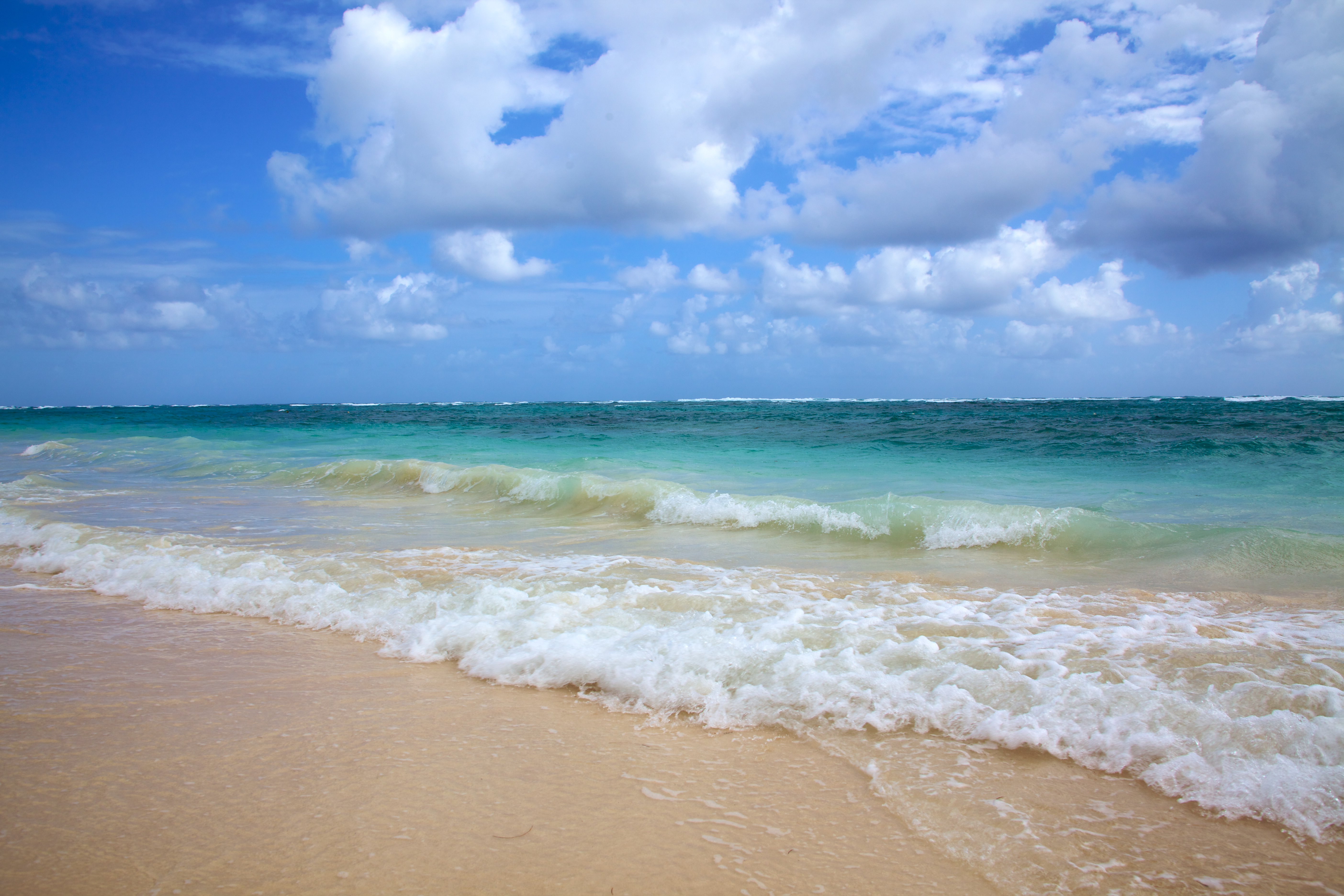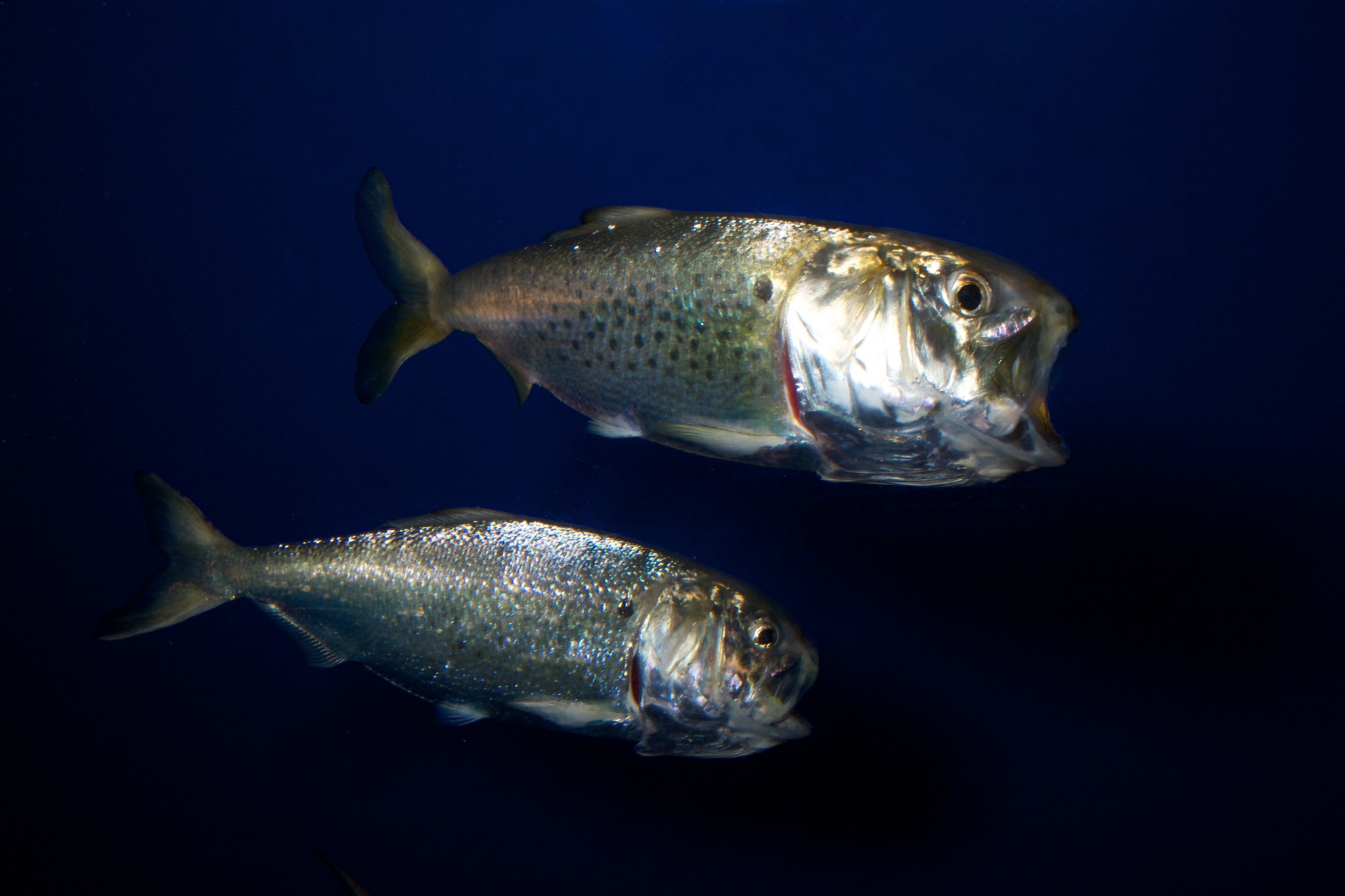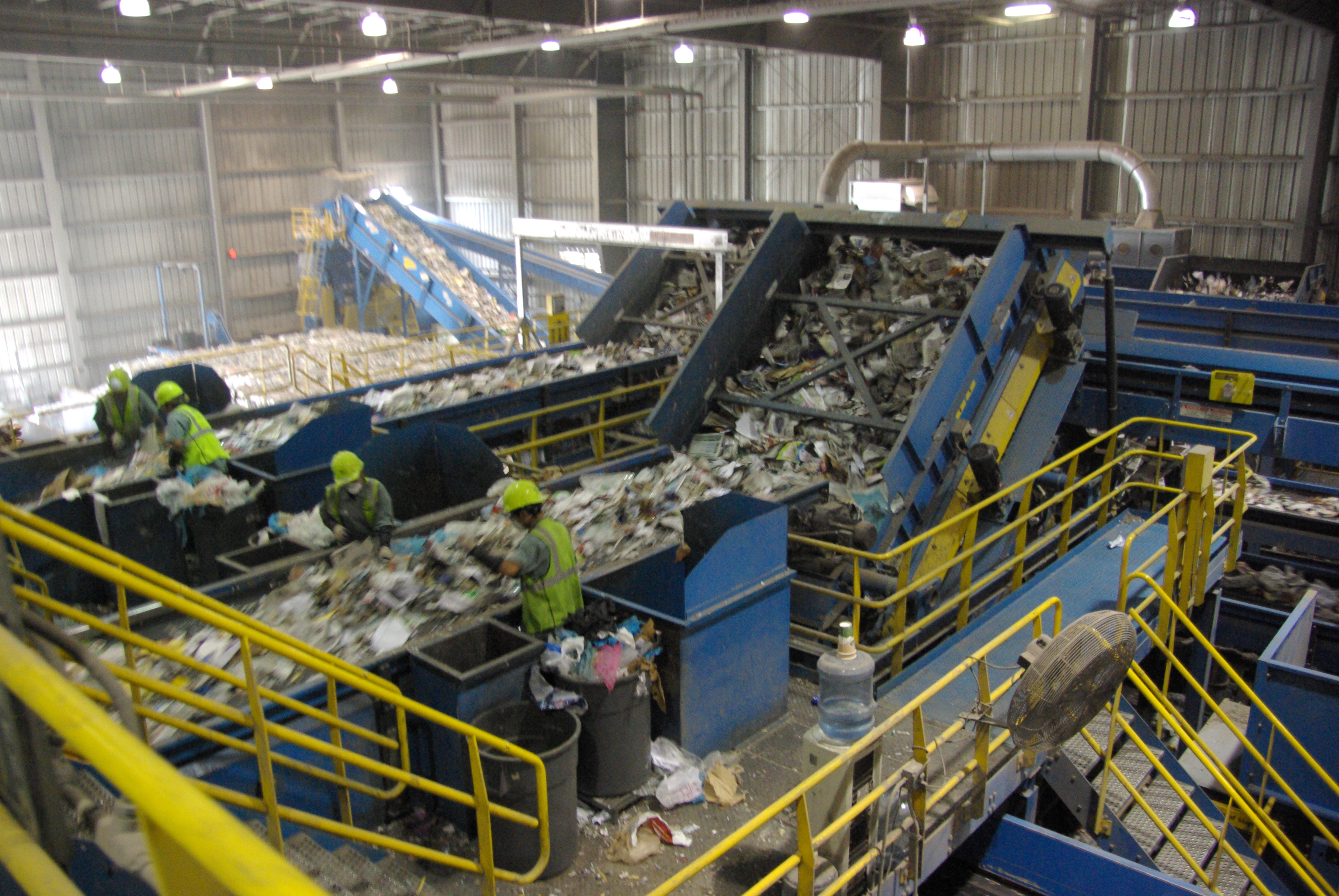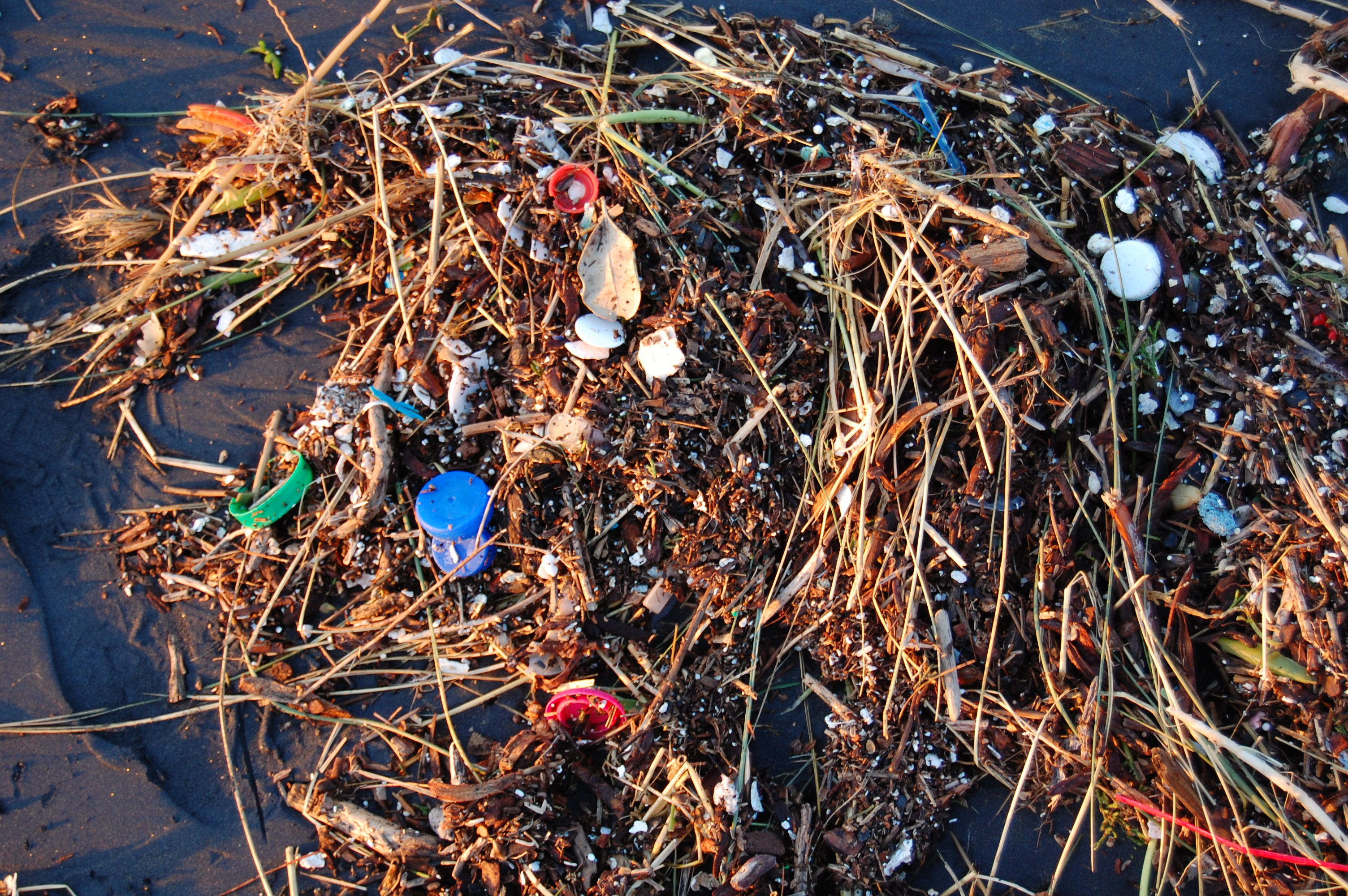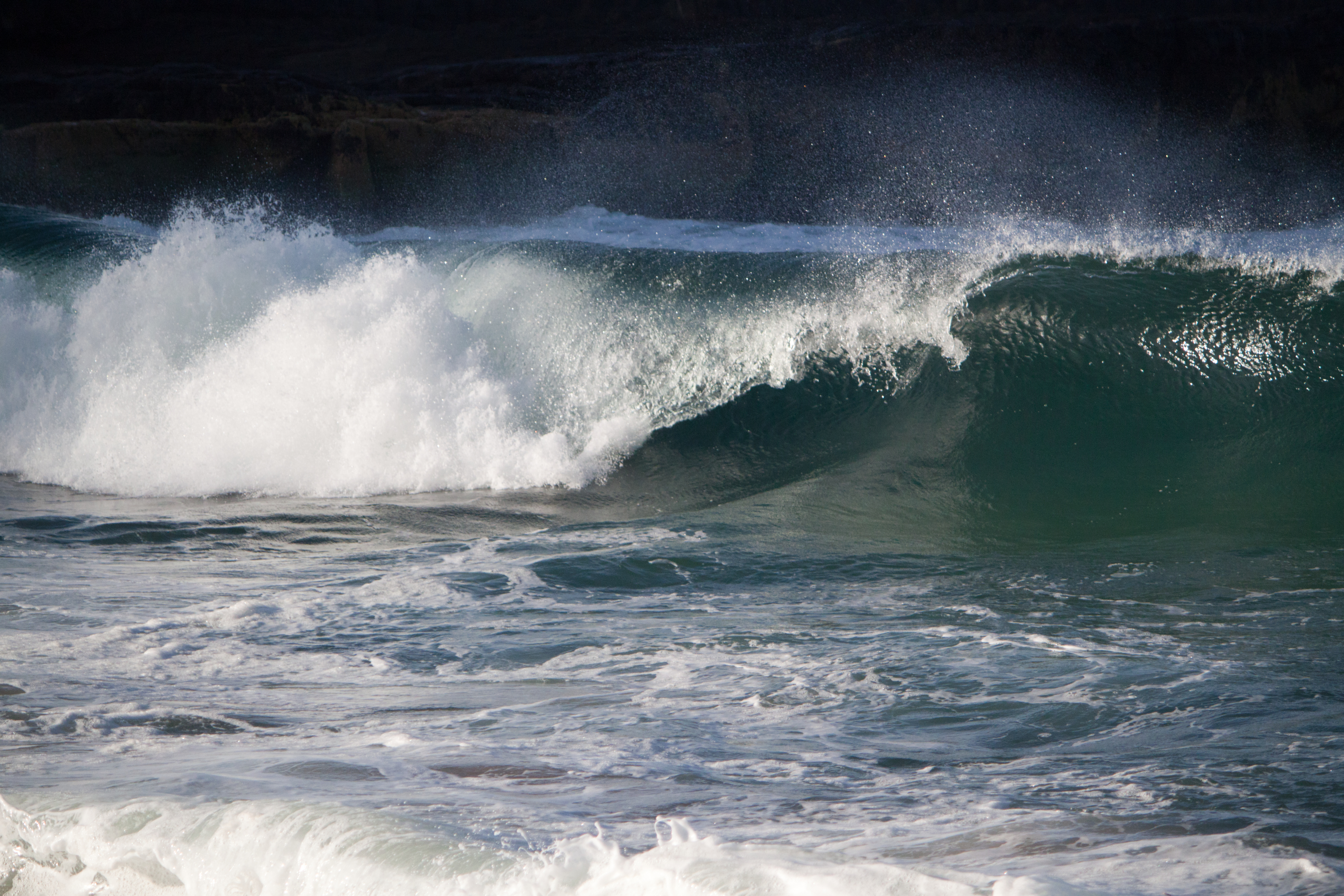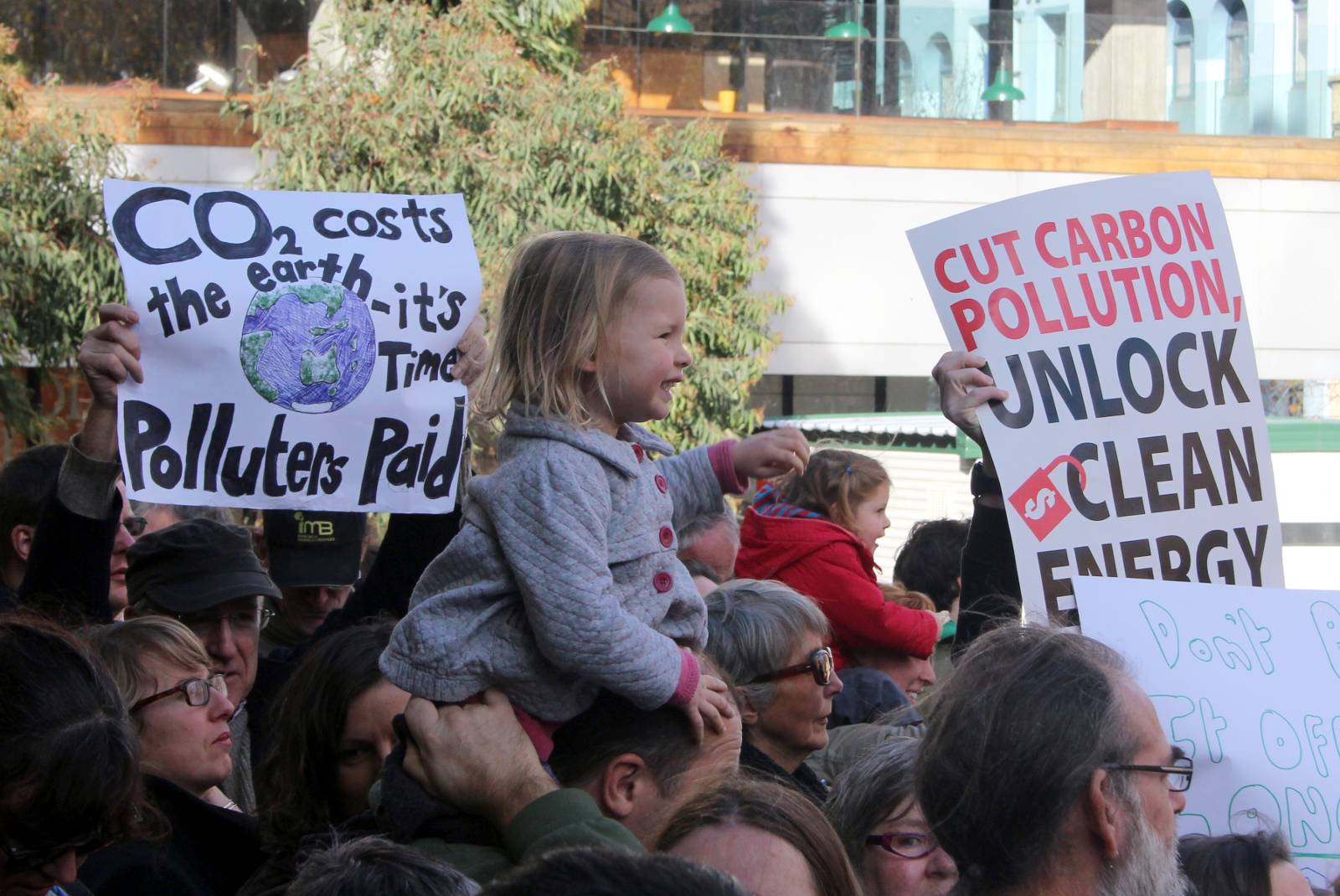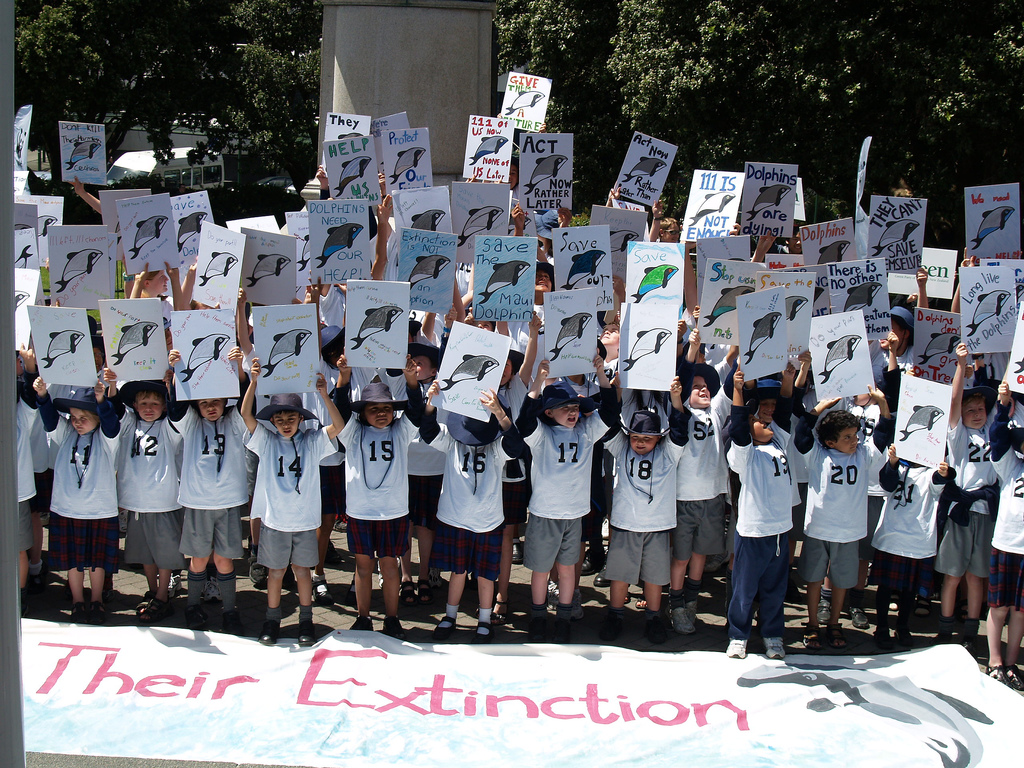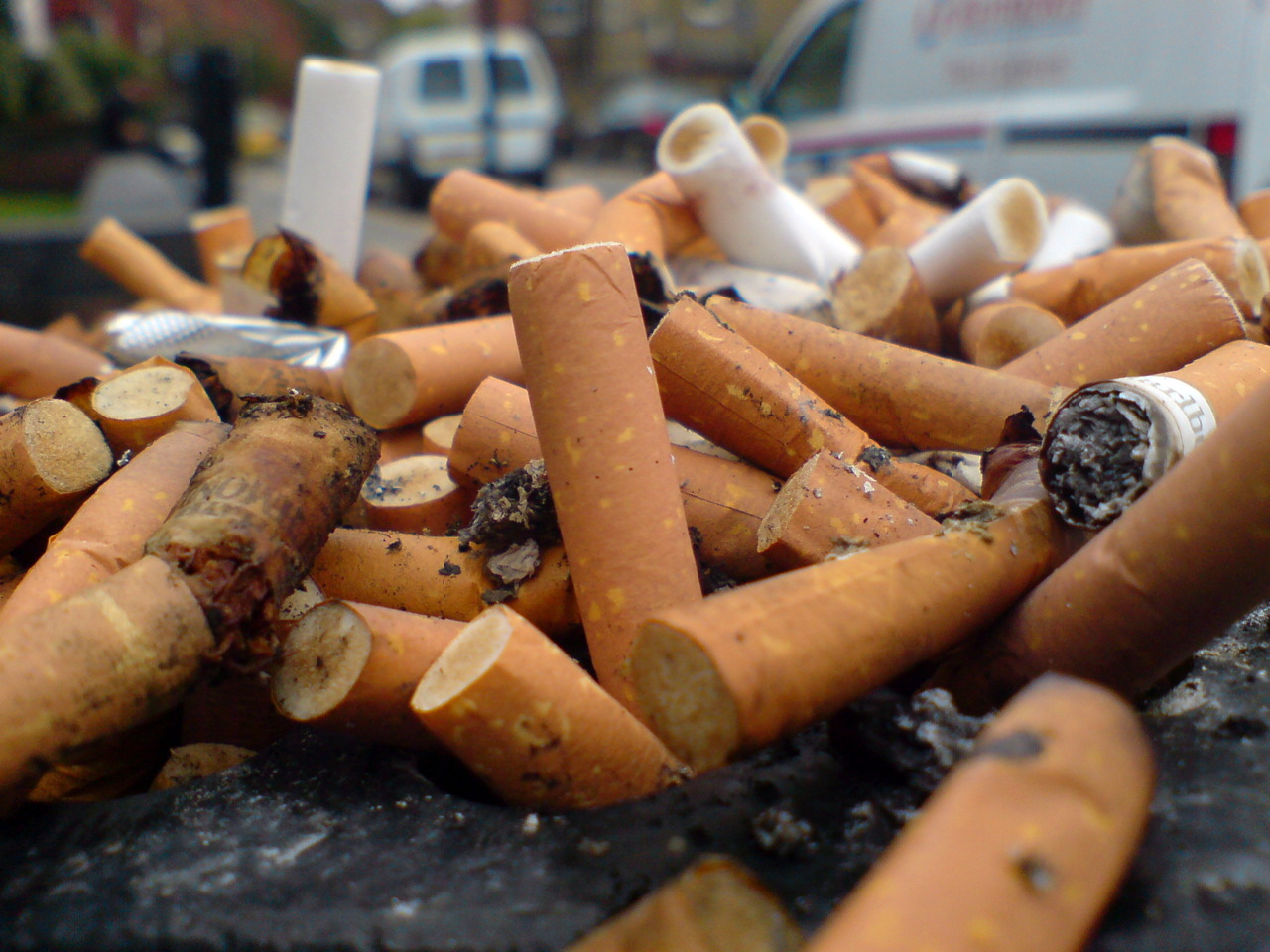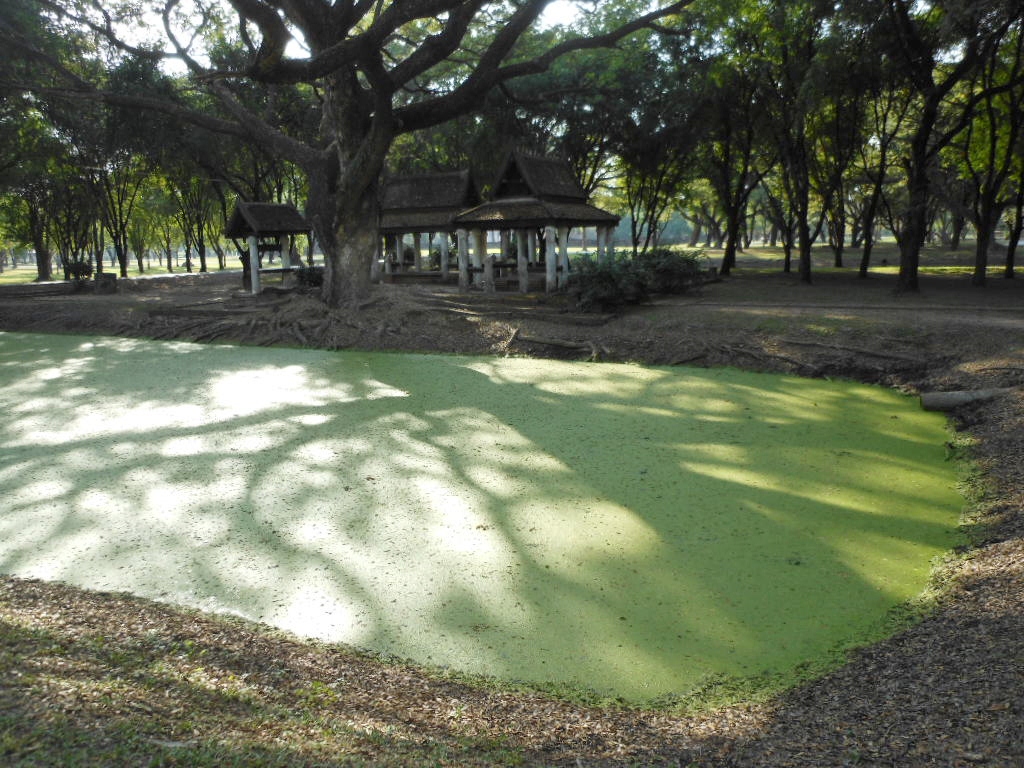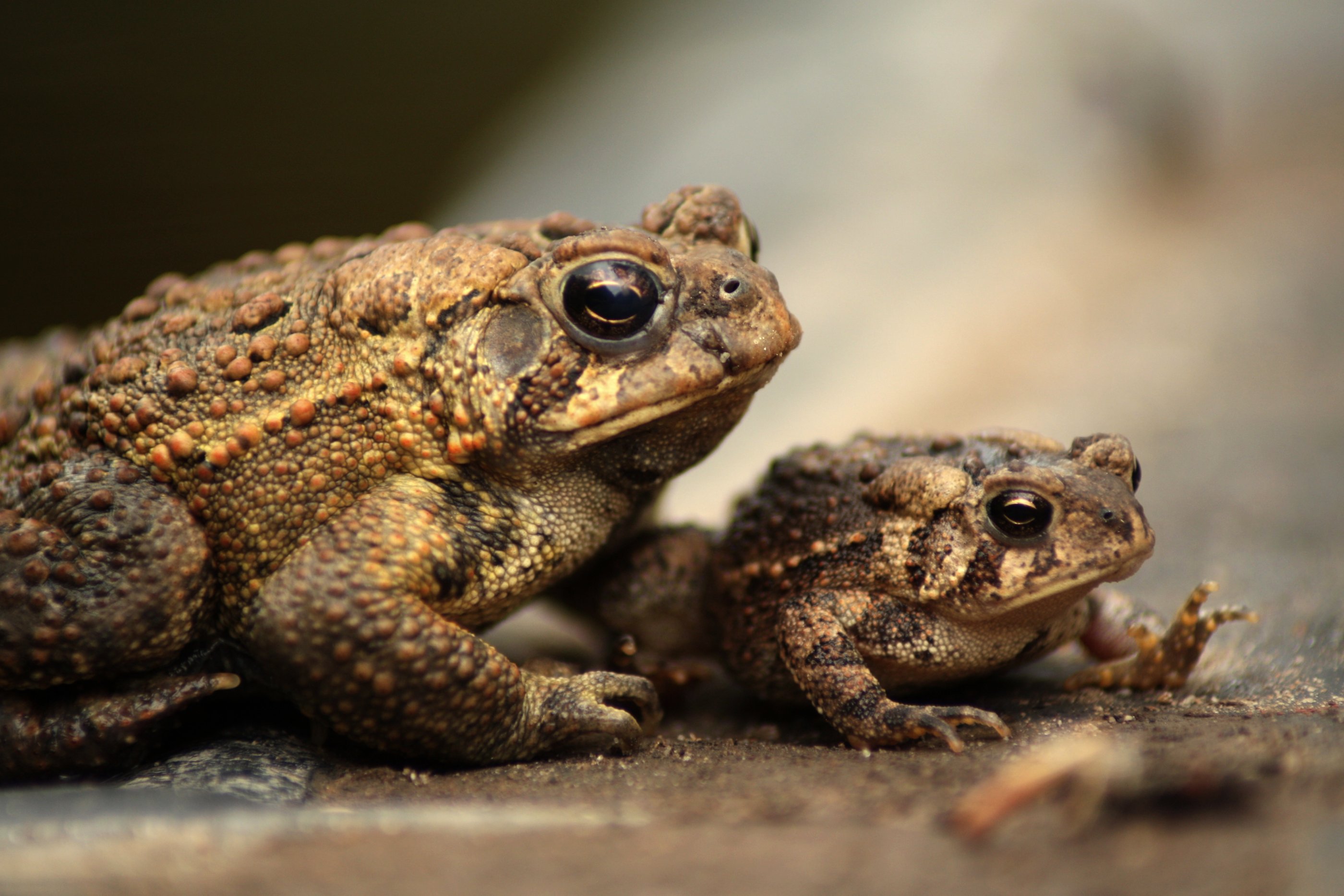Air and Water
Nitrogen Pollution Suffocates Fish
In Riverhead, Long Island the stench of rotting fish is becoming all too familiar. Over the past two months, the Department of Environmental Conservation estimates more than 400,000 Atlantic menhaden, commonly called bunker, have washed up on the shores of the Peconic River – which sits between Long Island’s north and south forks. The culprit: nitrogen pollution.
Trouble For Sardines
In the 1950s, there was a huge collapse of the West Coast sardine population as a result of intense overfishing that coincided with a natural down-cycle related to cooler water temperatures. That crash resulted in the virtual shutdown of the largest fishery in the Western Hemisphere, closing down the famed Cannery Row in Monterey, California.
The Case For Mixed Recycling
In the early days of recycling, people diligently sorted their waste, with bins for paper, plastic, aluminum, and glass. Comingled approaches are becoming more common. They require less effort, so more households comply.
The Ocean Cleanup Array
Plastic debris can be found on up to 88% of the ocean’s surface, and most of it is concentrated in the top two meters of water. Swirling currents known as gyres cause the debris to gather in certain areas. Some of these concentrations are so large they can be seen from space.
Brewing Water For A Good Cause
The recent severe weather and subsequent flooding that battered Texas and Oklahoma killed more than 30 people, and left many other victims in need of basic supplies, like water.
Valuing Wetlands
The value of wetlands extends beyond evenings in early spring, when a chorus of peepers makes the woods come alive with the sound of their music. Or when you stumble upon a male wood duck in a secluded forest pond— and marvel at its colorful beauty.
Wave Power On The U.S. Grid
Generating electricity from tides, waves and ocean currents is potentially a significant source of clean, green power. However, for a number of reasons, it has lagged far behind other renewable energy sources in actually delivering power to the grid.
Dolphins In The Gulf
Bottlenose dolphins, the most common type of oceanic dolphins, are turning up dead in the Gulf of Mexico at record rates. A study recently published in the scientific journal PLOS ONE indicates that the spike in dolphin deaths is directly linked to the 2010 Deepwater Horizon oil spill.
Good News On Ozone
In 1985, scientists discovered a hole in the earth’s ozone layer over Antarctica. By 1987, the hole had increased to the size of the continental United States. Ozone, a modified form of oxygen, is present in only small amounts in the stratosphere, but performs a crucial function to life on earth. It absorbs solar ultraviolet radiation, protecting humans and other forms of life from skin cancer, cataracts, and immune system deficiencies.
Hybrid Batteries At Yellowstone
Yellowstone National Park is now the site of the first ever commercial energy storage installation that uses recycled hybrid car batteries.
Carbon Taxes And Canada
Economists around the world are recommending that we move towards systems that reward low-carbon, innovative, resource-efficient production. One way this is likely to happen is through carbon taxes: directly taxing for fossil fuel use and carbon emissions.
The Case For Messy Woodlands
